Market Trends
Introduction
The pharmaceutical packaging industry is currently undergoing a significant transformation. This transformation is being driven by a confluence of macroeconomic factors. The industry is reshaping its packaging solutions, enhancing drug delivery systems, and improving patient compliance. At the same time, the regulatory environment is becoming increasingly demanding, forcing manufacturers to adopt stricter safety and sustainability standards. In addition, a shift in consumer preferences, such as the increasing demand for individualized medicine and eco-friendly packaging, is influencing the choice of materials and designs. These trends are strategically important to all industry participants, because they not only ensure compliance and operational efficiency, but also align with evolving market expectations and consumer preferences.
Top Trends
-
Sustainability Initiatives
Aware of the responsibility of the pharmaceutical industry, Amcor has committed itself to the development of fully recyclable packaging by 2025. Governments are also pushing for the introduction of regulations that will encourage the use of biodegradable materials, which are in such demand that the demand for them is expected to rise by 20 per cent. The advantages are twofold: not only does this shift reduce the impact on the environment, but it also increases the loyalty of consumers who are aware of the environment. In the future, the use of plant-based materials and circular economy models are expected to continue to develop. -
Smart Packaging Technologies
The development of smart packaging, a combination of IoT and NFC, is gaining momentum, and companies like Aptar are leading the way. Its aim is to make it possible to monitor the conditions of the medication in real time and increase patient safety and compliance. A recent study showed that the use of smart packaging could reduce medication errors by up to 30 percent. Future developments in the field of personalised medicine will lead to a significant improvement in patient outcomes. -
Regulatory Compliance and Serialization
With increasing regulatory requirements, serialization has become a key concern for pharmaceutical packaging. Companies are investing heavily in compliance technology, as shown by Becton Dickinson’s recent serialization system upgrades. This global push for traceability is expected to cut counterfeiting in half over the next five years. It will also drive efficiencies and supply chain transparency. -
Child-Resistant Packaging Solutions
The demand for child-resistant packages is growing rapidly, prompted by the regulations and the safety requirements. The West Group has developed new designs that meet the strictest safety requirements. The use of child-resistant packages reduces the risk of accidental poisoning by 40 percent. It is also possible that the trend will be for more practical designs that combine safety with easy access for adults. -
Focus on Biologics and Biosimilars
As the market for biologicals and biosimilars grows, so do the packaging solutions designed to meet the specific needs of these products. Firms like Gerresheimer are developing special containers to ensure the stability of highly sensitive biologicals. By 2025, it is expected that the share of biologicals in the pharmaceutical market will rise to 30 per cent. This trend will require constant innovation in packaging materials and designs to ensure product quality. -
Increased Use of Glass Packaging
The inertness and recyclability of glass has brought it back into favor as a packaging material. Schott Glas has seen a 15% increase in demand. The authorities are recommending glass for sensitive pharmaceuticals because it makes them safer. And this trend is expected to continue, as pharmaceutical manufacturers seek to improve shelf life and reduce the risk of contamination. Advances in glassmaking will improve the quality and shelf life of the glass. -
Personalized Medicine Packaging
The rise of individualized medicine is generating demand for individualized packaging solutions. Companies like Catalent are developing packages that are more responsive to individual patient needs, which enhances adherence and satisfaction. It is estimated that the use of individualized packages can improve patient compliance by up to 25 percent. This trend is expected to increase as medicine moves towards a more individualized approach. -
E-commerce and Direct-to-Consumer Packaging
The growth of e-commerce is reshaping the pharmaceutical packaging industry with an emphasis on safe and fast delivery. Sealed Air is innovating new solutions for protecting products during transit. Almost 70 per cent of consumers prefer to order their medication over the Internet, putting a premium on robust packaging. Future trends may include better tracking and less waste. -
Advanced Barrier Technologies
And the barrier technology is becoming an essential requirement for maintaining the efficacy of the drug, particularly for the sensitive formulations. The companies like SGD Pharma are investing in the new materials which provide better protection against moisture and oxygen. The improved barrier properties of the materials have been shown to extend the shelf life of the drug by up to 50 per cent. This will certainly encourage further research into new materials and coatings. -
Integration of Automation in Packaging Processes
A change is taking place in the packaging of pharmaceutical products. Automation is transforming the industry, increasing productivity and reducing costs. Companies such as Mondi Group are introducing automation to optimize the production line. It is estimated that automation can increase productivity by up to 30% and reduce human error. The future may see the introduction of artificial intelligence, which optimizes the packaging process in real time.
Conclusion: Navigating the Evolving Pharma Packaging Landscape
As the Pharmaceutical Packaging Market continues to evolve in 2024, the competitive landscape is characterized by a fragmented structure where both the old and new players compete for market share. The established players are able to exploit their experience and well-established supply chains, while the new entrants are focusing on the development of sustainable and flexible packaging solutions. In terms of geographical trends, there is a growing demand for smart packaging, especially in North America and Europe, driven by regulatory requirements and consumers' preference for transparency. Suppliers must focus on developing AI-based analytic capabilities, automation, and sustainable materials to establish a leadership position in the market. These strategic moves will not only improve operational efficiency, but also respond to the growing demand for sustainable practices, and ultimately shape the future of pharmaceutical packaging.

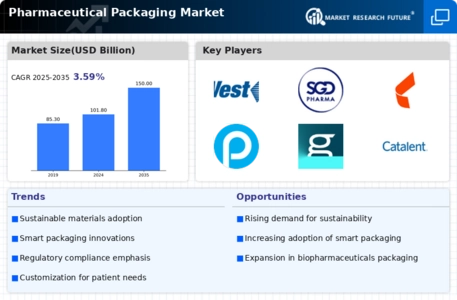

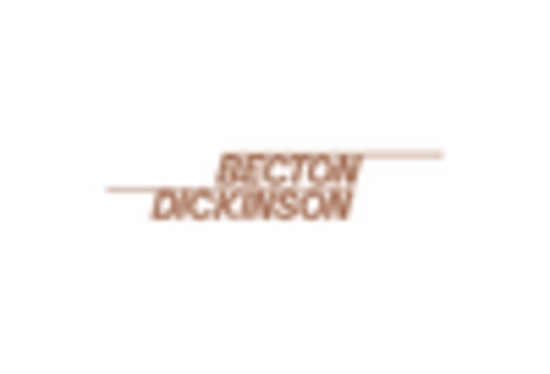
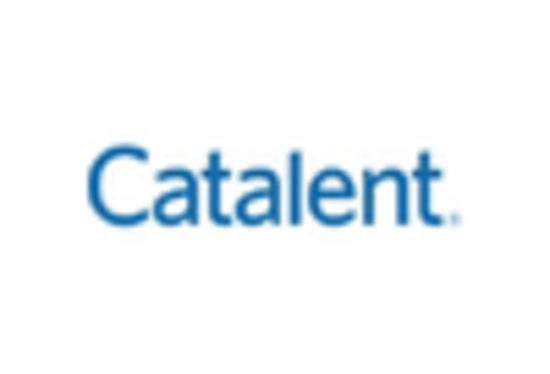
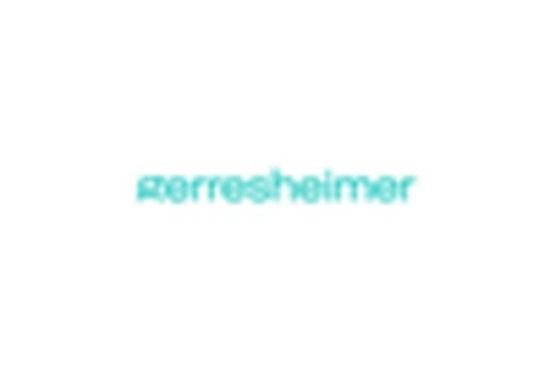
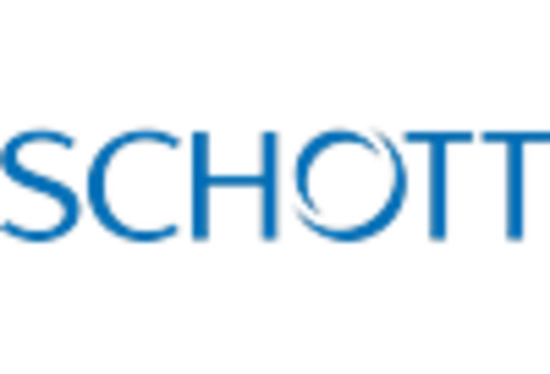
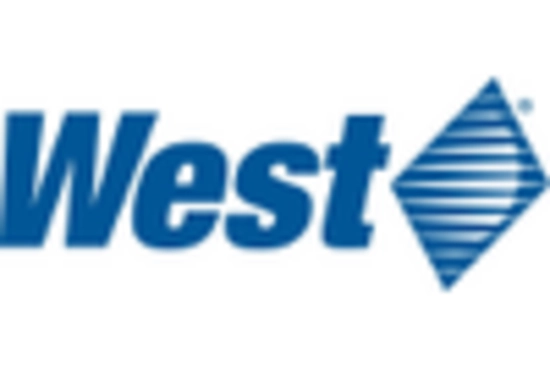









Leave a Comment